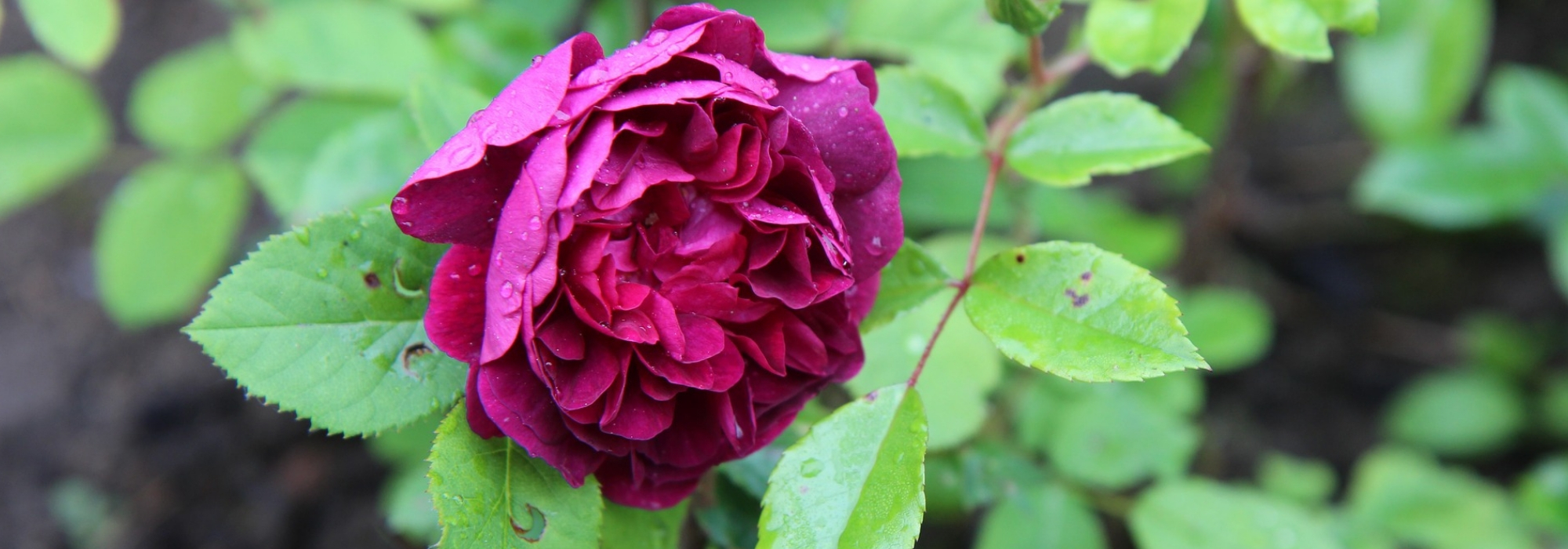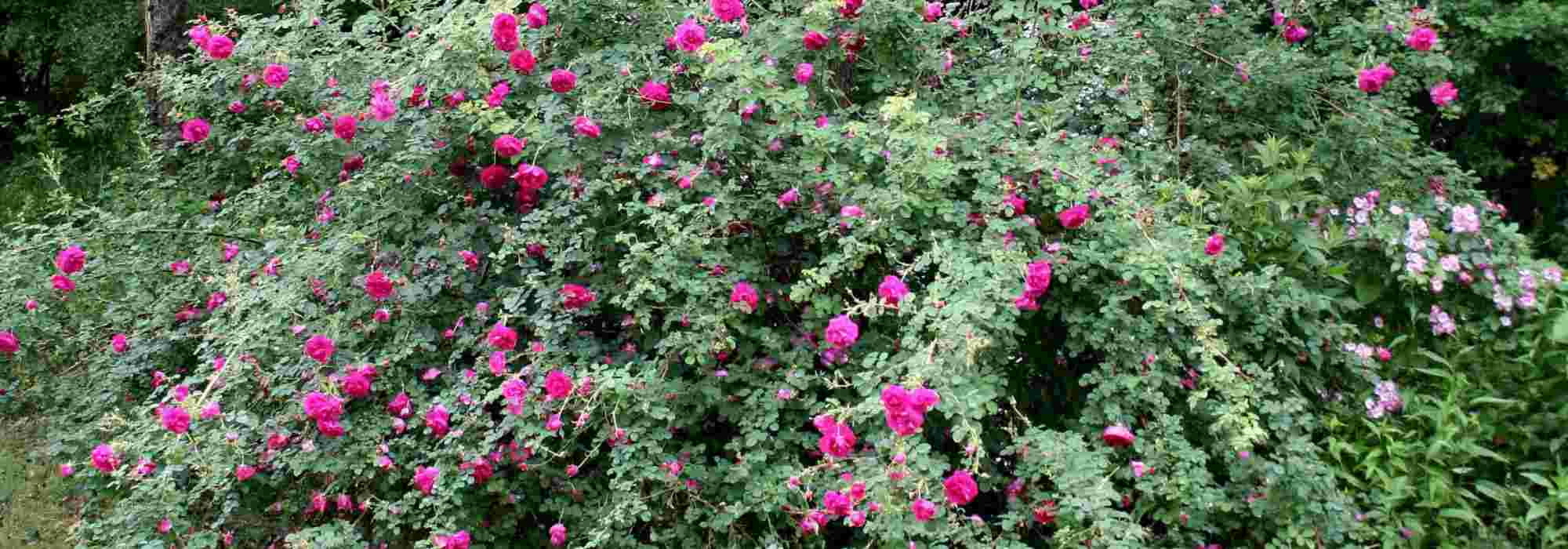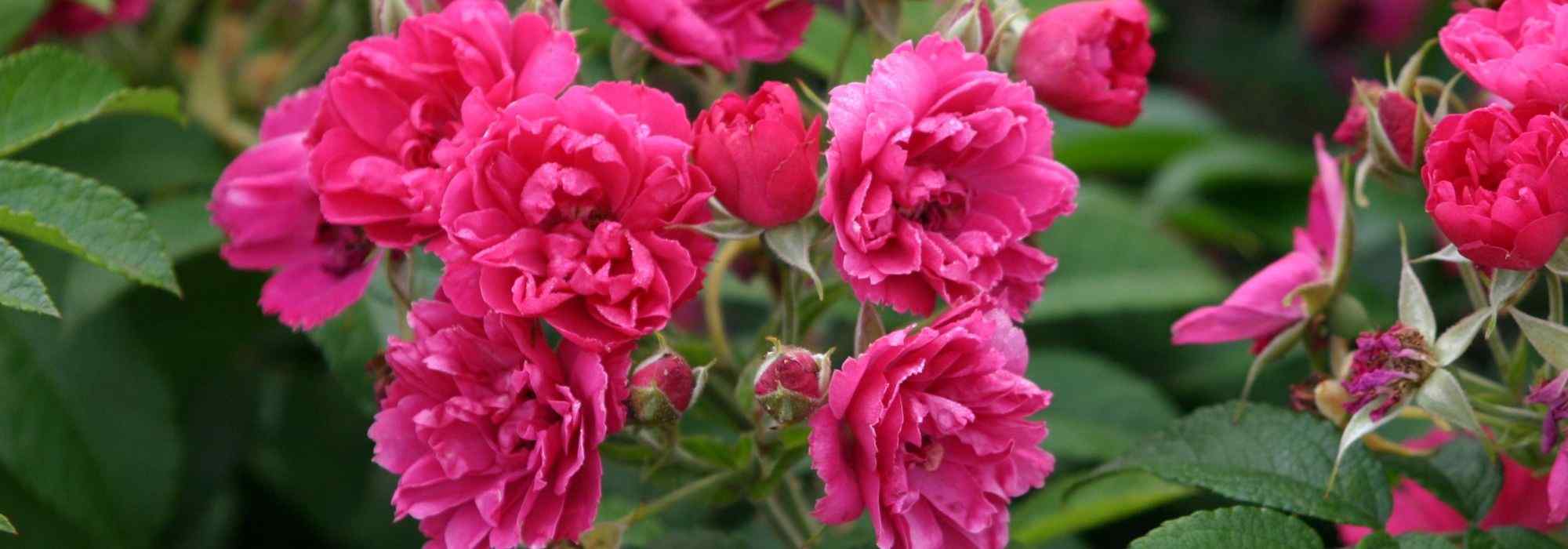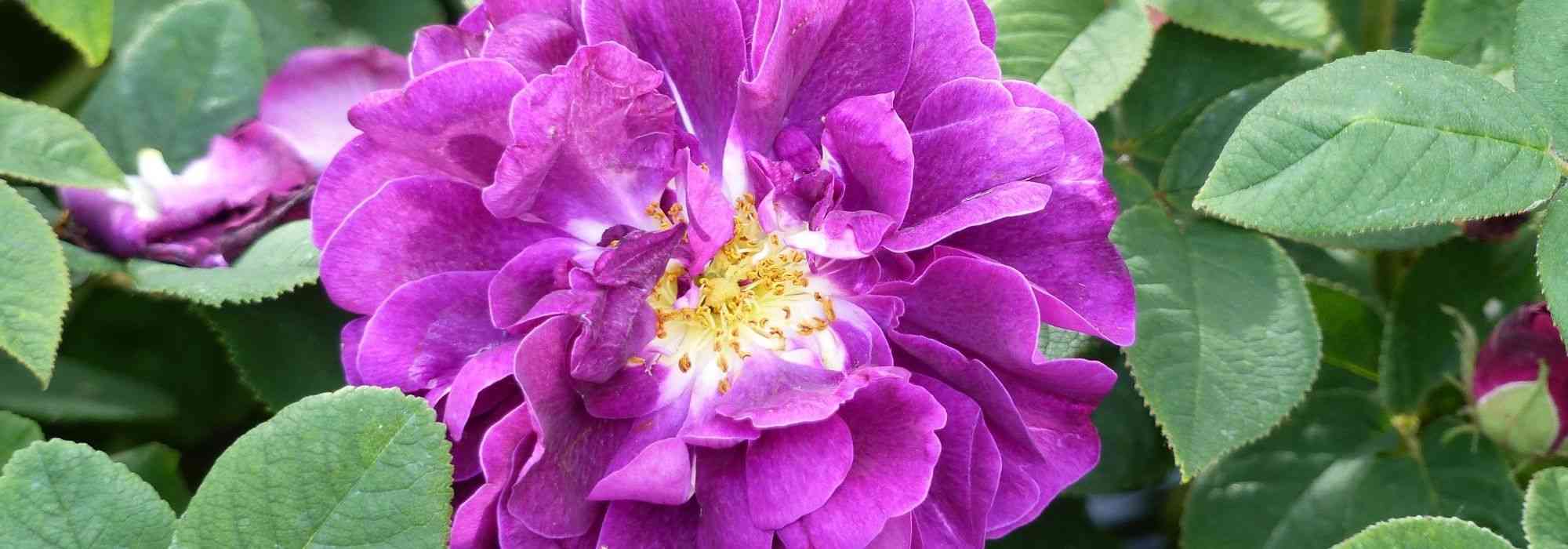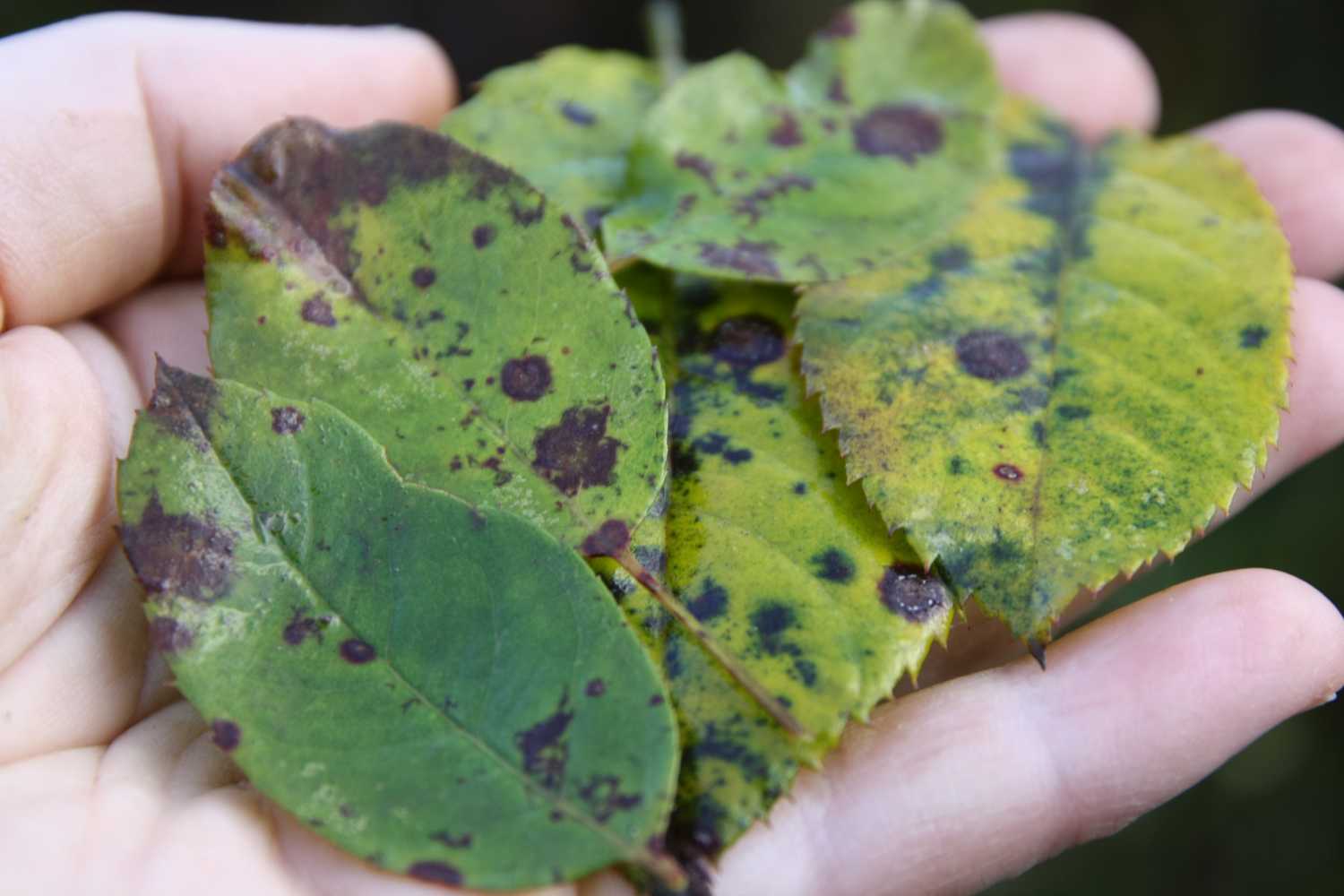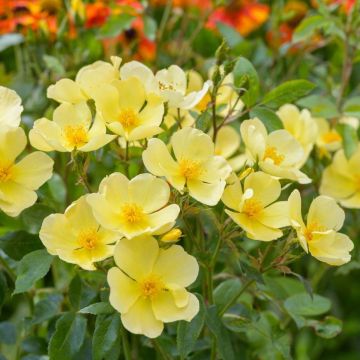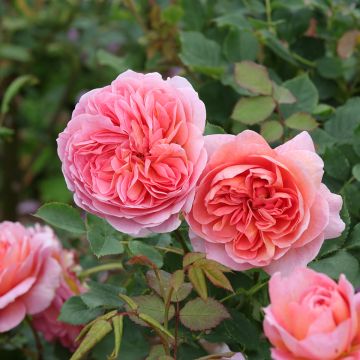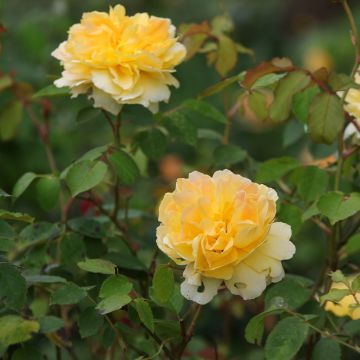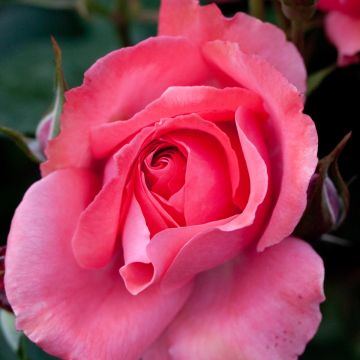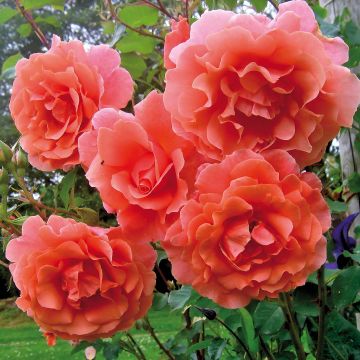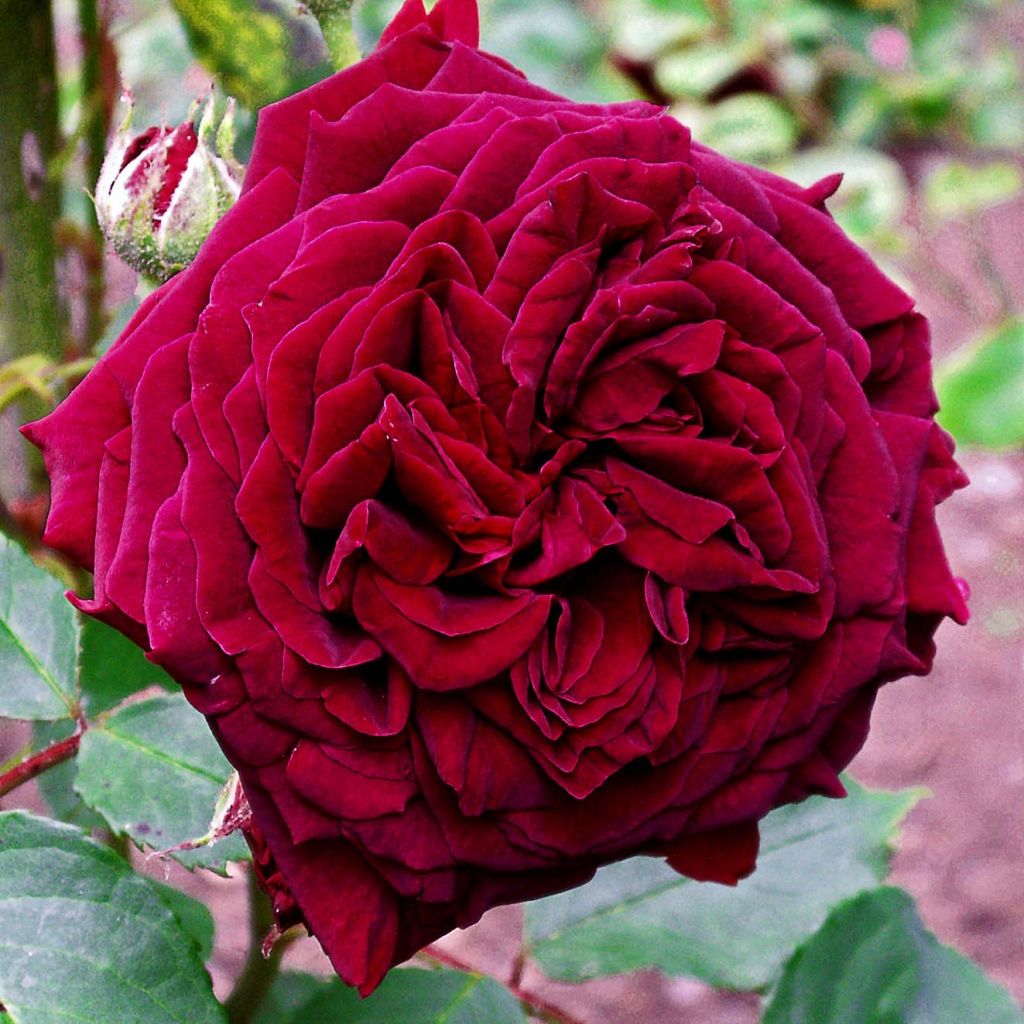

Rosa Empereur du Maroc - Hybrid Old Rose
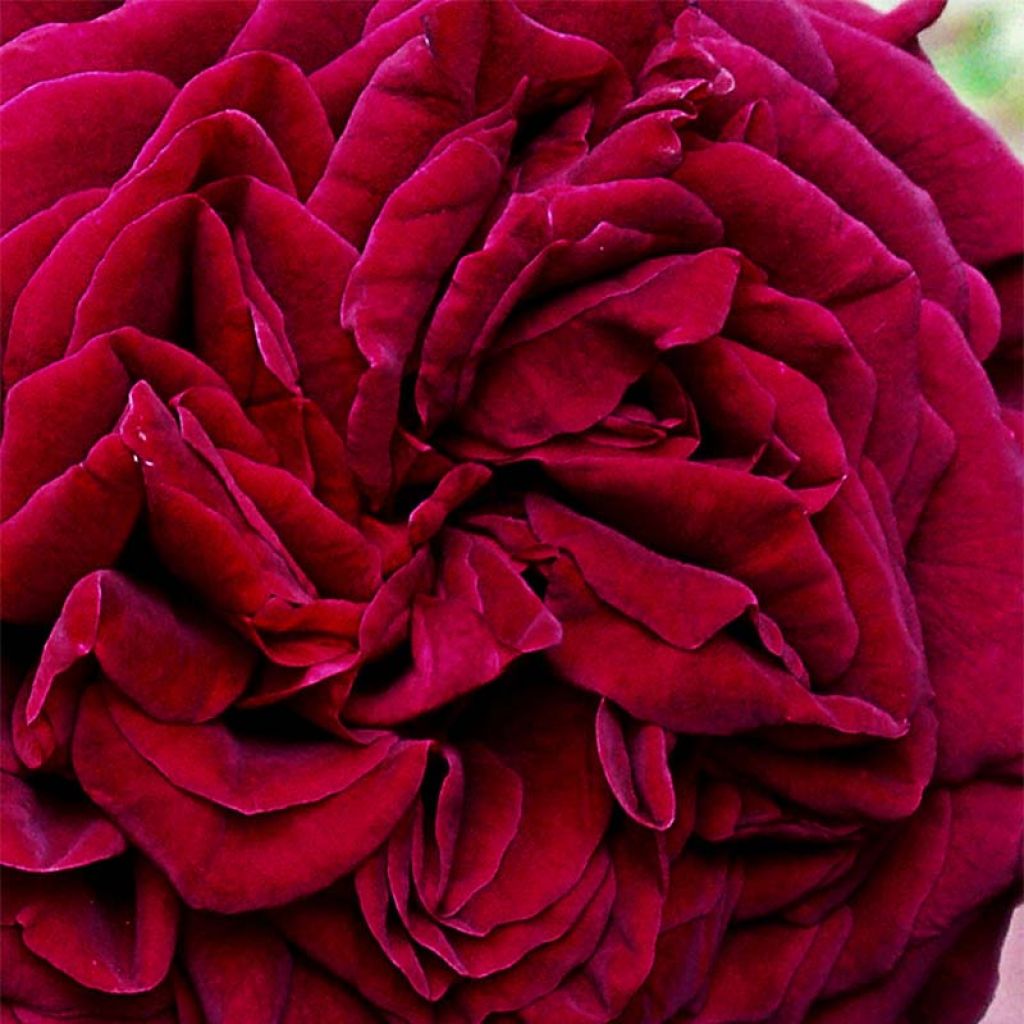

Rosa Empereur du Maroc - Hybrid Old Rose
Rosa Empereur du Maroc - Hybrid Old Rose
Rosa Empereur du Maroc
Rose
Thank you to the individuals (for order preparation and shipping), the bare-root rose received appears healthy to me. Planted near the 'Honoré de Balzac' variety, I am now patiently awaiting its establishment... (or not?).
Thierry, 11/12/2023
Special offer!
Receive a €20 voucher for any order over €90 (excluding delivery costs, credit notes, and plastic-free options)!
1- Add your favorite plants to your cart.
2- Once you have reached €90, confirm your order (you can even choose the delivery date!).
3- As soon as your order is shipped, you will receive an email containing your voucher code, valid for 3 months (90 days).
Your voucher is unique and can only be used once, for any order with a minimum value of €20, excluding delivery costs.
Can be combined with other current offers, non-divisible and non-refundable.
Home or relay delivery (depending on size and destination)
Schedule delivery date,
and select date in basket
We guarantee the quality of our plants for a full growing cycle, and will replace at our expense any plant that fails to recover under normal climatic and planting conditions.
Description
The 'Empereur du Maroc' is an old rose variety that has been grown in gardens of rose enthusiasts for more than 150 years. It is known to be the first variety that produces dark red flowers. The medium-sized double flowers of this rose give off a rich dark crimson colour, which fades into deep chestnut and violet shades, almost appearing black in backlight. This bushy rose blooms in June, with a strong, fruity fragrance of dark flowers, and then again more modestly at the end of summer. It thrives in a climate that is not too humid, allowing its roses to flourish in all their splendour, while its abundant foliage, which can be sensitive to certain diseases, maintains its beauty. This variety creates an excellent contrast to pastel and romantic roses in flower beds.
The 'Empereur du Maroc' is a repeat flowering hybrid rose, also known as a perpetual hybrid. It was created in France by Guinoisseau in 1858. This rose is a result of cross-breeding the Old Rose 'Géant des Batailles' with a seedling. The plant grows up to 1.2 m (3 ft 4 in) tall and 90 cm (35.4 in) wide. It produces a sumptuous flowering of slightly pendant roses in June, which are 6 cm (2.4 in) wide. The rose petals are velvety and are arranged in quarters, forming a flattened cup. The roses are either solitary or gathered in bouquets of 3 to 5 flowers. The dominant colour is a dark and deep crimson red at full bloom, gradually turning very dark reddish-brown-violet with time. The fragrance of the roses is particularly pronounced. The plant also repeat flowers in September-October.
The foliage is lush, consisting of small-sized leaflets with a matte medium-green appearance. However, they are sensitive to blackspot and rust when planted too close together and in humid climates. The fruits of this rose, called hips, are reddish-orange to brown.
The old rose, 'Empereur du Maroc', prefers partial shade as it does not tolerate exposure to heat. Other old roses with dark red flowers like 'Deuil de Paul Fontaine', 'Baron Girod de l'Ain' or 'Robert le Diable' also thrive in similar conditions. This rose can be used in bouquets, as a standalone specimen, or mixed with a bed of English or old roses in pastel shades. It creates an elegant contrast with the rose 'Fée des Neiges' white flowers and a beautiful harmony with the mauve corollas of 'Sissi', 'Mamy Blue' or 'Claude brasseur'. Its modest growth makes it suitable for perennial beds, which pair well with perennial geraniums, dame's rockets, or perennial salvias. Due to its fragrance, it is best planted near a pathway, an entrance, or under a window.
Rosa Empereur du Maroc - Hybrid Old Rose in pictures
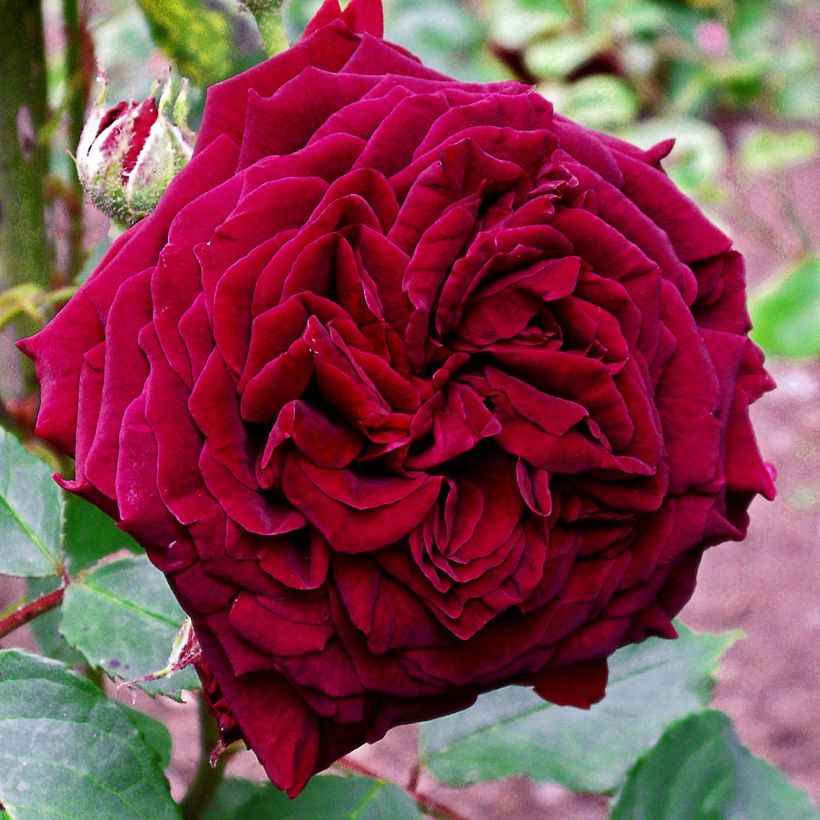

Plant habit
Flowering
Foliage
Botanical data
Rosa
Empereur du Maroc
Rosaceae
Rose
Cultivar or hybrid
Rosa canina Laxa (Wrapped bare root, 4L/5L pot)
Planting and care
For the 'Empereur du Maroc' to thrive, plant it in a sunny location or light shade. Avoid hot and humid areas as this can encourage disease. Prevent rust and blackspot by treating them regularly. Although old roses are hardy, avoid planting in soil with excess limestone.
To plant your rose, prepare the soil well and add an organic-based fertiliser at the bottom of the planting hole, such as blood, fish, and bone. After planting, water deeply to remove air pockets. Regular watering is necessary for a few weeks to encourage rooting. Feed with a rose fertiliser to promote lots of flowers. Regularly bend and tie the branches to produce lateral shoots ending in a flower bouquet. This technique will guarantee beautiful flowers.
Prune repeat-flowering roses in late winter.
It is common for roses to become stained or unsightly during late summer, but this does not affect their growth. These stains are natural and do not pose any danger to the rose.
Planting period
Intended location
Care
Planting & care advice
-
, onOrder confirmed
Reply from on Promesse de fleurs
Similar products
Haven't found what you were looking for?
Hardiness is the lowest winter temperature a plant can endure without suffering serious damage or even dying. However, hardiness is affected by location (a sheltered area, such as a patio), protection (winter cover) and soil type (hardiness is improved by well-drained soil).

Photo Sharing Terms & Conditions
In order to encourage gardeners to interact and share their experiences, Promesse de fleurs offers various media enabling content to be uploaded onto its Site - in particular via the ‘Photo sharing’ module.
The User agrees to refrain from:
- Posting any content that is illegal, prejudicial, insulting, racist, inciteful to hatred, revisionist, contrary to public decency, that infringes on privacy or on the privacy rights of third parties, in particular the publicity rights of persons and goods, intellectual property rights, or the right to privacy.
- Submitting content on behalf of a third party;
- Impersonate the identity of a third party and/or publish any personal information about a third party;
In general, the User undertakes to refrain from any unethical behaviour.
All Content (in particular text, comments, files, images, photos, videos, creative works, etc.), which may be subject to property or intellectual property rights, image or other private rights, shall remain the property of the User, subject to the limited rights granted by the terms of the licence granted by Promesse de fleurs as stated below. Users are at liberty to publish or not to publish such Content on the Site, notably via the ‘Photo Sharing’ facility, and accept that this Content shall be made public and freely accessible, notably on the Internet.
Users further acknowledge, undertake to have ,and guarantee that they hold all necessary rights and permissions to publish such material on the Site, in particular with regard to the legislation in force pertaining to any privacy, property, intellectual property, image, or contractual rights, or rights of any other nature. By publishing such Content on the Site, Users acknowledge accepting full liability as publishers of the Content within the meaning of the law, and grant Promesse de fleurs, free of charge, an inclusive, worldwide licence for the said Content for the entire duration of its publication, including all reproduction, representation, up/downloading, displaying, performing, transmission, and storage rights.
Users also grant permission for their name to be linked to the Content and accept that this link may not always be made available.
By engaging in posting material, Users consent to their Content becoming automatically accessible on the Internet, in particular on other sites and/or blogs and/or web pages of the Promesse de fleurs site, including in particular social pages and the Promesse de fleurs catalogue.
Users may secure the removal of entrusted content free of charge by issuing a simple request via our contact form.
The flowering period indicated on our website applies to countries and regions located in USDA zone 8 (France, the United Kingdom, Ireland, the Netherlands, etc.)
It will vary according to where you live:
- In zones 9 to 10 (Italy, Spain, Greece, etc.), flowering will occur about 2 to 4 weeks earlier.
- In zones 6 to 7 (Germany, Poland, Slovenia, and lower mountainous regions), flowering will be delayed by 2 to 3 weeks.
- In zone 5 (Central Europe, Scandinavia), blooming will be delayed by 3 to 5 weeks.
In temperate climates, pruning of spring-flowering shrubs (forsythia, spireas, etc.) should be done just after flowering.
Pruning of summer-flowering shrubs (Indian Lilac, Perovskia, etc.) can be done in winter or spring.
In cold regions as well as with frost-sensitive plants, avoid pruning too early when severe frosts may still occur.
The planting period indicated on our website applies to countries and regions located in USDA zone 8 (France, United Kingdom, Ireland, Netherlands).
It will vary according to where you live:
- In Mediterranean zones (Marseille, Madrid, Milan, etc.), autumn and winter are the best planting periods.
- In continental zones (Strasbourg, Munich, Vienna, etc.), delay planting by 2 to 3 weeks in spring and bring it forward by 2 to 4 weeks in autumn.
- In mountainous regions (the Alps, Pyrenees, Carpathians, etc.), it is best to plant in late spring (May-June) or late summer (August-September).
The harvesting period indicated on our website applies to countries and regions in USDA zone 8 (France, England, Ireland, the Netherlands).
In colder areas (Scandinavia, Poland, Austria...) fruit and vegetable harvests are likely to be delayed by 3-4 weeks.
In warmer areas (Italy, Spain, Greece, etc.), harvesting will probably take place earlier, depending on weather conditions.
The sowing periods indicated on our website apply to countries and regions within USDA Zone 8 (France, UK, Ireland, Netherlands).
In colder areas (Scandinavia, Poland, Austria...), delay any outdoor sowing by 3-4 weeks, or sow under glass.
In warmer climes (Italy, Spain, Greece, etc.), bring outdoor sowing forward by a few weeks.


































